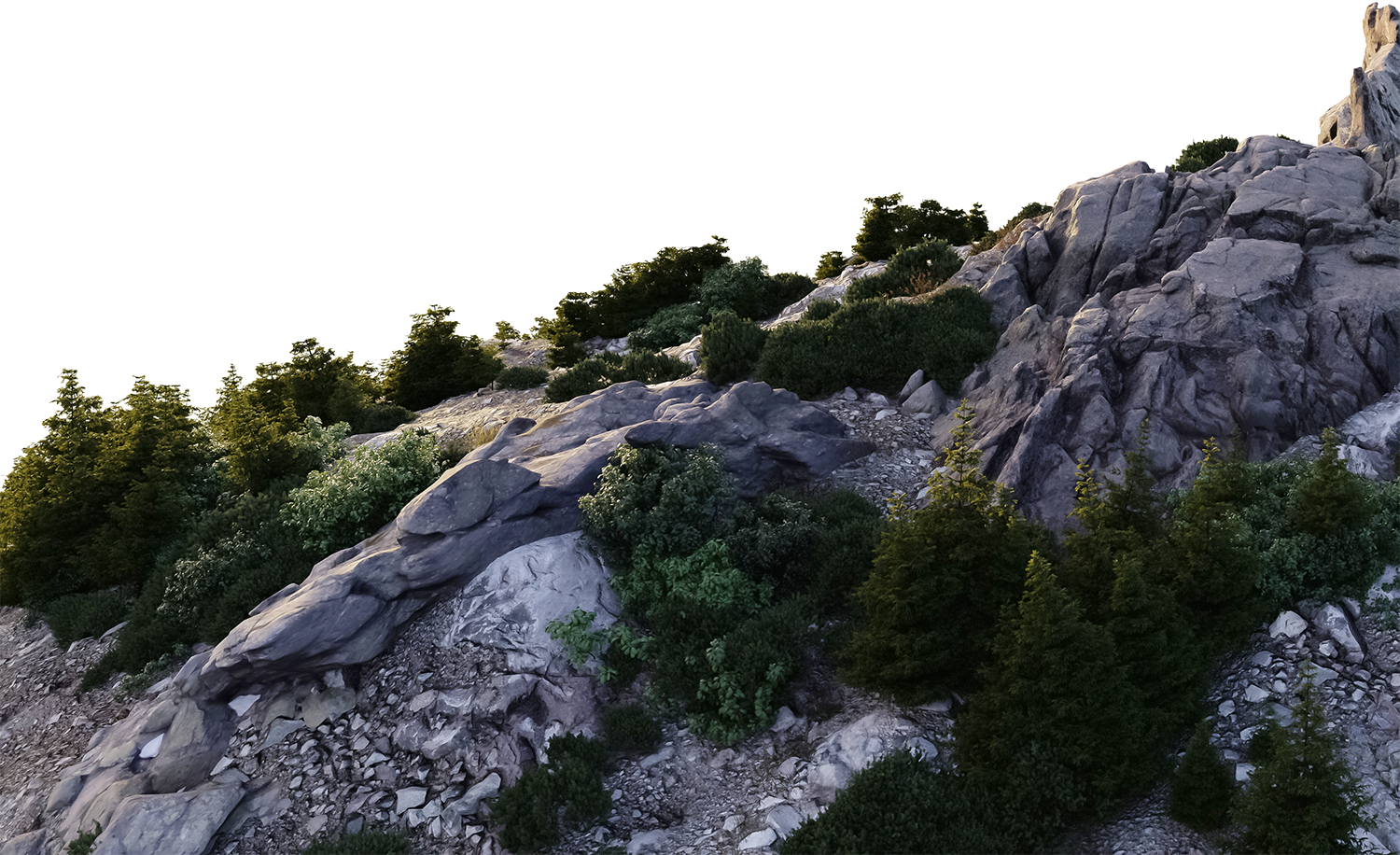Still have questions? We have answers.
We recognize that purchasing an altitude generator is a significant investment—one designed to deliver measurable performance results. Our team is available to provide answers and support, ensuring you have everything you need to make a confident decision. Please don’t hesitate to contact us—your next level of performance gains and PR's starts here.
Frequently Asked Questions
What is Intermittent Hypoxic Training (IHT)?
Intermittent Hypoxic Training involves alternating between breathing low-oxygen (hypoxic) air and normal oxygen (normoxic) air. This simulates high-altitude conditions to stimulate the body’s natural adaptation processes, enhancing endurance, performance, and recovery.
How does IHT work?
By exposing the body to short intervals of reduced oxygen, IHT triggers responses such as increased red blood cell production, improved oxygen efficiency, and enhanced mitochondrial function—all of which improve physical performance.
What are the benefits of IHT?
- Increased VO₂ max and aerobic capacity
- Enhanced endurance and stamina
- Improved oxygen transport and utilization
- Faster recovery times
- Boosted energy metabolism and fat oxidation
- Better cardiovascular and respiratory efficiency
Who can benefit from IHT?
- Endurance athletes (runners, cyclists, swimmers)
- Strength and power athletes
- Fitness enthusiasts
- High-altitude adventurers
- Individuals in rehabilitation or recovery
- Biohackers and wellness seekers
How is IHT performed?
A standard IHT session involves alternating 5 minutes of breathing hypoxic air with 5 minutes of normal air, repeated continuously for about 30 minutes. This protocol is typically done 3–6 times per week.
How long is a typical session?
Most sessions last about 30 minutes, alternating 5 minutes of hypoxic air with 5 minutes of normal air. This cycle is repeated throughout the session.
How often should I train?
Training 5–6 times per week is common for optimal results. However, beginners or those with specific goals may start with 3–4 sessions per week.
How soon can I expect results?
With consistent use, many users begin to see measurable improvements in endurance, energy, and recovery within 3–4 weeks.
Is IHT safe?
Yes, IHT is generally safe for healthy individuals when performed using proper protocols. However, those with cardiovascular, respiratory, or metabolic conditions should consult a healthcare provider before starting.
Can IHT be used during exercise?
Yes. IHT can be performed passively (seated or resting) or combined with light exercise to increase its effectiveness. Some users even incorporate it into warm-ups or recovery sessions.
Can I train while doing other exercises?
Yes. IHT can be paired with light exercise, such as cycling, walking, or resistance training, to enhance the training effect. It can also be used passively during rest or recovery.
What equipment is needed for IHT?
You’ll need a hypoxic generator and mask system capable of safely delivering air with reduced oxygen levels. Devices like the IHT-75 are specifically designed for this type of training.
How is IHT different from altitude training?
Traditional altitude training requires being physically present at high elevation for extended periods. IHT replicates these conditions at sea level, offering a more convenient, accessible, and controlled way to achieve similar physiological benefits.
Is this the same as living or training at high altitude?
Not quite. While both methods trigger similar physiological adaptations, IAT offers the convenience of simulating altitude effects at sea level—without relocating or extended stays at high elevation.
Can IHT help with altitude acclimatization?
Yes. IHT is often used by climbers, trekkers, and military personnel to prepare for high-altitude environments and reduce the risk of altitude sickness.
Is IHT backed by science?
Absolutely. Numerous studies support IHT’s effectiveness in improving athletic performance, cardiovascular function, and overall physical conditioning.
No Mountain
No Mountain
No Mountain
No Problem
No Problem
No Problem

